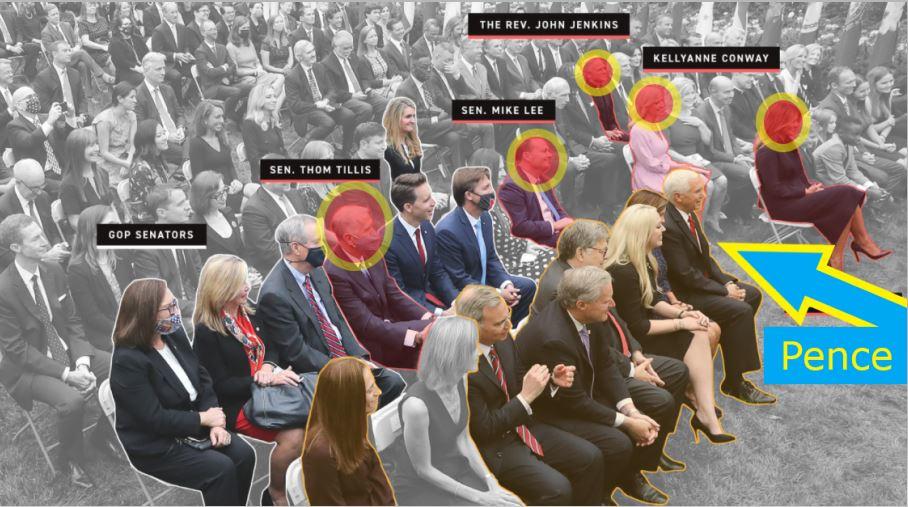Clay Dillow
PopSci.com
December 22, 2010
Earlier this month, it came to light that the new high-tech U.S. $100 bill was so difficult to counterfeit that even the U.S. mint couldn’t properly master the production process, causing printing problems that eventually led the Treasury Department to quarantine $110 billion in new currency. But rather than incorporating sophisticated printing tricks like 3-D security strips, watermarks, and color-shifting inks, a team of German and Japanese researchers have come up with an easier and potentially more effective way to secure banknotes: stamp tiny organic circuitry directly onto the bills.
- A d v e r t i s e m e n t
- {openx:49}
Stock up for the Holidays with eFoods Direct and get FREE Shipping!
The team hasn’t quite yet worked out the anti-counterfeit part of the equation, but it’s not hard to see how future bills could be minted with tiny, flexible circuits printed right into them. A device similar to an RFID reader could both provide them with power and communicate with the circuits whenever they pass in close proximity, making it easier to both track and authenticate bills in circulation.
The Emergency Election Sale is now live! Get 30% to 60% off our most popular products today!



